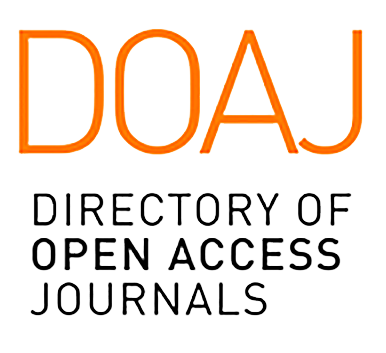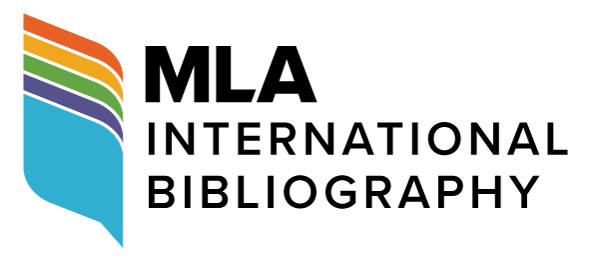2790-9441






MLA International Bibliography
MLA Directory of Periodicals
ProQuest
CrossRef
Google Scholar
Gale-Cengage
ROAD
Juan Escalante
Brigham Young University Hawaii, Laie, USA
Grant Eckstein
Troy L. Cox
Steven Luke
Brigham Young University, Provo, USA
Abstract
Only recently has eye-tracking been used to investigate test-taker reading behavior, and results have been primarily used to confirm a range of cognitive tasks elicited by test items. This study explores test taker reading behavior for its own sake by describing how ESL readers of different proficiency levels behaviorally view multiple-choice passages and test items at different difficulty levels. Data were gathered from 51 students at three proficiency levels attending a university-sponsored intensive English program (IEP). Participants read eight validated reading comprehension items at varying difficulty levels while their eye movements were recorded on the passage, multiple-choice stem, correct answer, and distractors. Reading behavior demonstrated that language proficiency had a limited effect while passage difficulty had a stronger effect on reading behavior: participants gave less visual attention to the reading passage and correct answers within easier items and when they had higher language proficiency. The interaction of proficiency and item difficult on reading behavior is important in understanding how learners experience tests.
Keywords
Eye tracking, reading, multiple choice, test taking, proficiency, text difficulty